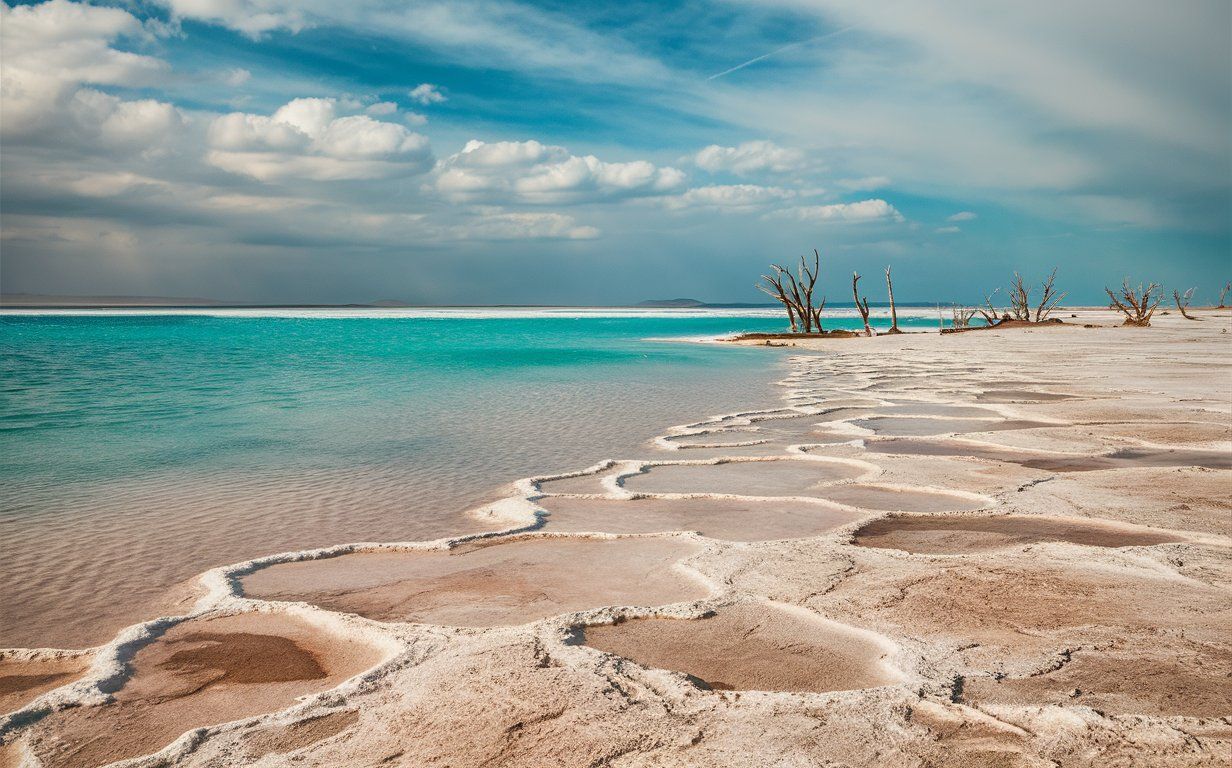Follow us on Google News (click on ☆)

Rainwater, which is slightly acidic due to dissolved carbon dioxide, erodes rocks on land, releasing ions such as sodium and chloride. These ions are transported by rivers and streams to the ocean. Upon reaching the ocean, these ions accumulate because, unlike rivers and lakes that are constantly renewed, ocean water primarily escapes only through evaporation, leaving the salts behind.
In addition to terrestrial erosion, oceans receive salts from underwater sources. Hydrothermal vents at the ocean floor release dissolved minerals. Seawater seeps into cracks in the ocean floor, is heated by magma, reacts chemically with the surrounding rocks, and then rises laden with minerals like iron, zinc, and copper (USGS.gov). Additionally, submarine volcanoes and salt domes also contribute salts to the ocean.

Lakes and rivers also contain dissolved salts, but at much lower concentrations. This is due to the fact that freshwater is constantly renewed by precipitation and runoff, preventing the accumulation of salts as in the oceans. However, some lakes, such as the Dead Sea and the Great Salt Lake, are extremely salty because they have no outlets and lose water only through evaporation, which concentrates the salts.
Salinity plays a crucial role in regulating ocean currents, which in turn influence the global climate. Ocean currents transport essential nutrients to marine life and help modulate global temperatures. The density of salty water also contributes to ocean circulation, thereby affecting weather systems.

Ultimately, the salinity of the ocean is not just an interesting feature but is essential to marine life and the regulation of Earth's climate. Understanding why the sea is salty helps us better appreciate the complex interactions between land, water, and the atmosphere.